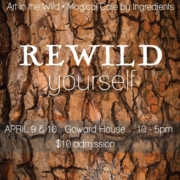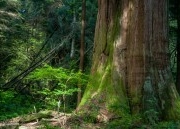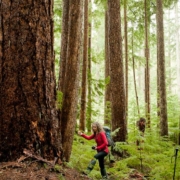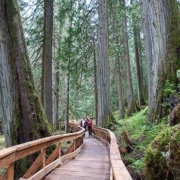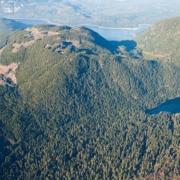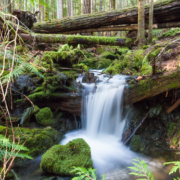A proposal to save the environment using unclaimed bottle deposits may soon be endorsed by Saanich council.
On Monday, Saanich council is set to consider endorsing a proposal, prepared by the University of Victoria’s Environmental Law Centre for the Ancient Forest Alliance, that would turn over unclaimed bottle deposits to the BC government for a land acquisition fund to create and maintain green spaces. The local conservation group is pushing for the resolution to be submitted to the AVICC and UBCM, and later to the provincial government.
“Upon the purchase of a beverage, BC customers pay a deposit on the container, which is refunded when the container is returned,” reads a report prepared by Coun. Fred Haynes. “If the container is not returned, the deposit remains with the beverage industry.
“‘Pop for Parks’ proposes the redirection of unredeemed container deposits to an important cause: the acquisition and protection of ecologically sensitive private lands in BC.”
Ken Wu, executive director of the alliance, said states such as New York and Michigan have enacted similar legislation because unclaimed deposits are seen as windfall profits that should belong to the state and used for public benefit.
“They basically take the unredeemed bottle deposits and file them into land acquisition for conservation,” said Wu. “It comes out to about $10 to $15 million per year. It wouldn’t increase anyone’s taxes because this is already a pot of money that, right now, is going to the beverage container industry.
“They’re floating around on the streets and polluting the environment, so it makes sense to take the proceeds and better the environment through protecting green spaces.”
The District of Highlands has already endorsed the proposal, with other local municipalities expected to follow suit.
While the CRD already has a land acquisition fund of its own, Wu said it’s time the BC government chipped in to help create and protect more environmental areas.
“The park acquisition fund through the CRD is highly successful – it’s already helped to purchase about 4,500 hectares and raised about $35 million since it was implemented in 2000,” said Wu. “We want a provincial equivalent – the province has got to do its part as well.”
[Saanich News article no longer available.]

